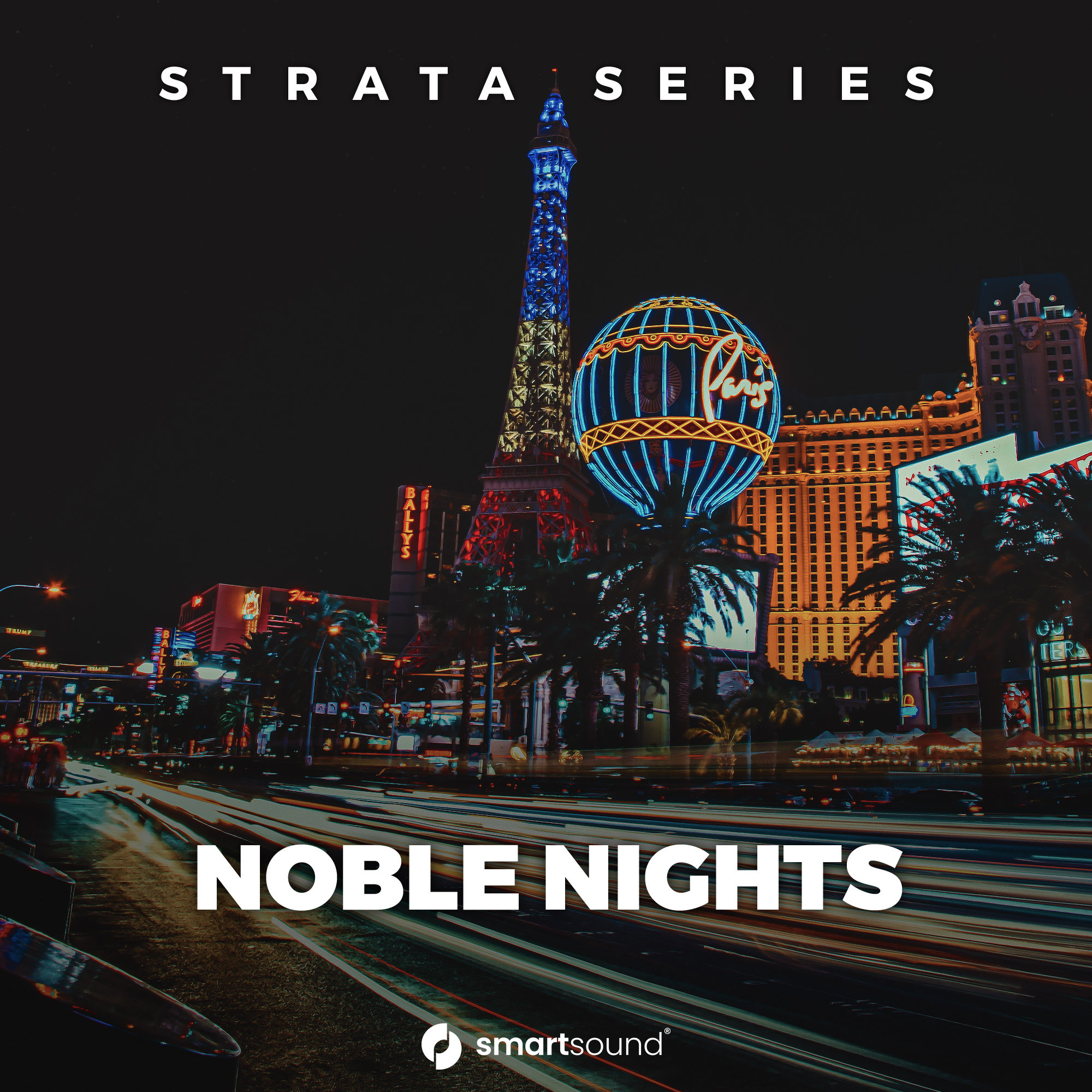There was much mayhem happening in the American music scene of the 1960s, with so many new styles and genres exploding, merging, and redefining themselves. This was, of course, a reflection of the massive unrest in the social scene that was happening at the same time, with the axes of the Civil Rights Movement, Vietnam War protests, the feminist movement, and sexual liberation smashing the past cultural norms and embracing all that was new and innovative. These different movements and people mixed together in ways before unheard of, creating the perfect stew for new, creative scenes.
One such genre that emerged from that chaos was funk. It was then that soul music hit the train with rock and jazz, principally when James Brown got on up the stage and magically slid around like he was giving birth to Michael Jackson. He sang, he danced, he grunted, he grooved. It was a presentation that few had witnessed in the pop culture realm previously, and it caught on big time. Though they call James Brown the “godfather of soul”, few from funky town would deny he was also the “godfather of funk”. But we can’t forget the other doctors of funk, who helped complete the full transition from the uplifting soul and dance-oriented R&B to the full-on horn-blasting upbeat sensation that was funk. Along with the godfather, Sly and the Family Stone, Booker T. & the MGs, and finally George Clinton were also blazing the way.
NOBLE NIGHTS
The style these musicians helped create led to one of the most impactive forms of music in American history. It has defined a culture, contributed to just about every style of music afterwards, and is now witnessing something of a revival. And most importantly for the sake of stock music, it’s used continually by Hollywood to set the scene in movies and serials. Whenever the mood needs to be “stylish” or “cool”, you can be sure the soundtrack gets funked up. The best example of this is being in Ocean’s Eleven, where DJ-composer David Holmes created a masterful tribute to all that’s cool.
One of our latest stock music albums, NOBLE NIGHTS, is set perfectly in line with the vision Holmes had for his soundtrack. It’s slick, it’s cool, and it taps into Booker T.’s jiving organ and James Brown’s endless energy. So with this release, whereas previously I’ve gone over histories of Southern Rock, Synthwave, Lo-Fi, and Techno, here we’ll do a brief run through of funk. Go get on up and hold on tight.
JAMES BROWN
Cultural impact aside, funk is best described as having a focus on rhythm, where nearly every aspect of sound is played like percussion throughout the track (aside from solos). James Brown did this first and best, full-on incorporating the African beats R&B had originally been known for. You can feel the most extraordinary examples when you go back and watch his shows. His music flows between the borders of soul, blues, and funk. Check out this video of his performance of “Out of Sight” on the T.A.M.I. Show:
It’s a solidly blues progression and track, but you can feel the elements of funk shining through, especially as the track progresses and breaks down, chopping up the beat while James Brown begins his characteristic grunting and shouting. It’s really a good showcase of how James Brown’s breaks – along with other soul musicians, here’s looking at The Winstons – are what directly led to funk. All rhythm and groove – even the blues progression – is brushed aside for this focus.
BOOKER T. & THE MGs
Booker T. & the MGs got their start as the house band at Stax Records in Memphis, Tennessee. They played for a long line up of jazz, soul, and blues legends. Pushed by the Stax president, Booker T. and the MG’s released their first album, which had “Behave Yourself” on one side and “Green Onions” on the other. With “Green Onions”, the group rocketed to fame, and their organ style would be the most copied across the musical spectrum, with the style of grooving blues with a solid bass backup becoming a staple for anything needing an injection of cool, including funk.
Booker T. & the MGs were also well-known for their racial integration, something music had seen before but was kind of fading from the scene. This would set the tone for later funk music, with musicians coming together from all backgrounds and races, and leading to later movements that would be for people across the spectrum.
SLY AND THE FAMILY STONE
Another mainstay of the funk movement – which was also noted for its racial integration and also their male and female lineup – was San Francisco-based Sly and the Family Stone, one of the first fully funk bands to emerge on the scene. They fully embraced James Brown’s African influences and rhythmic grunts and took it a step further with even more Gospel-contrived call-and-responses, and brought in bluesy organs, along with a completely psychedelic experience.
The history of Sly and the Family Stone could in itself make a great funk movie, from early groovy happy time to later drug-infused brawls, rows of cocaine, and hit men hired to take out fellow members. Though their background truly gets crazy, their music served as a true inspiration to the scene.
GEORGE CLINTON
George Clinton has been around for nearly every iteration of the genre, leading his funky crew through thick and thin. Fully embracing the psychedelic atmosphere set a few years earlier by Stone, he led two massive bands that often played together called Parliament and Funkadelic, who fused the stylings of all the earlier progenitors of funk that I’ve listed above, with some dashes of various other musicians here and there. It’s through his and his fellows’ dedication to the style, that it survived all these years and isn’t just a style of nostalgia. They made it relevant for even today, inspiring a whole other generation of funk musicians, like Thundercat, Erykah Badu, and Snarky Puppy. Below you can watch Thundercat playing along with the legendary Funkadelic and George Clinton.
After James Brown, George Clinton’s music is the second most-sampled of all time in rap music. That alone should reveal the importance of his contribution.
A LEGACY OF FUNK
Though it’s been carried on by the likes of George Clinton, and brought back to the front by modern performers, funk influence has always been strong in music. As James Brown progressed and followed his nose for soul, he slid and dove into the emerging disco movement, which took electronic drums and blended funk and soul with big strings and massive brass sounds. Though disco faded in the 80s, it picked up full-steam in the night club world with French House (pioneered by Daft Punk) in the late 90s and early 2000s, which carried on all the funk-disco influences of the earlier styles, helping set the mode for modern genres like Lo-Fi and Synthwave.
At the same time, funk was a large influence in Drum n Bass and other 90s electronic dance music like Breakbeat. 90s DJs would discover the drum break from “Amen, Brother” by The Winstons, a funk band based out of Washington, DC. It became the most sampled track in music history, and is still used in dance music today.
Then there’s hip-hop music, which has consistently sampled and borrowed from James Brown and George Clinton. In the 90s, groups like A Tribe Called Quest would openly embrace all the psychedelic and free-love motifs of the era.
All these styles have left a lasting impression on Hollywood movies and serials as well. Whenever anything is needed to look more classy and cool, they incorporate funk elements in the soundtracks. As I mentioned, this is especially evidenced in the Ocean’s remakes. If you’ve got a project and you need that infusion of funk, then check out our latest funk-inspired stock music album, NOBLE NIGHTS. All these tracks are 100 percent royalty-free, to be used in any of your visual or audio projects.








